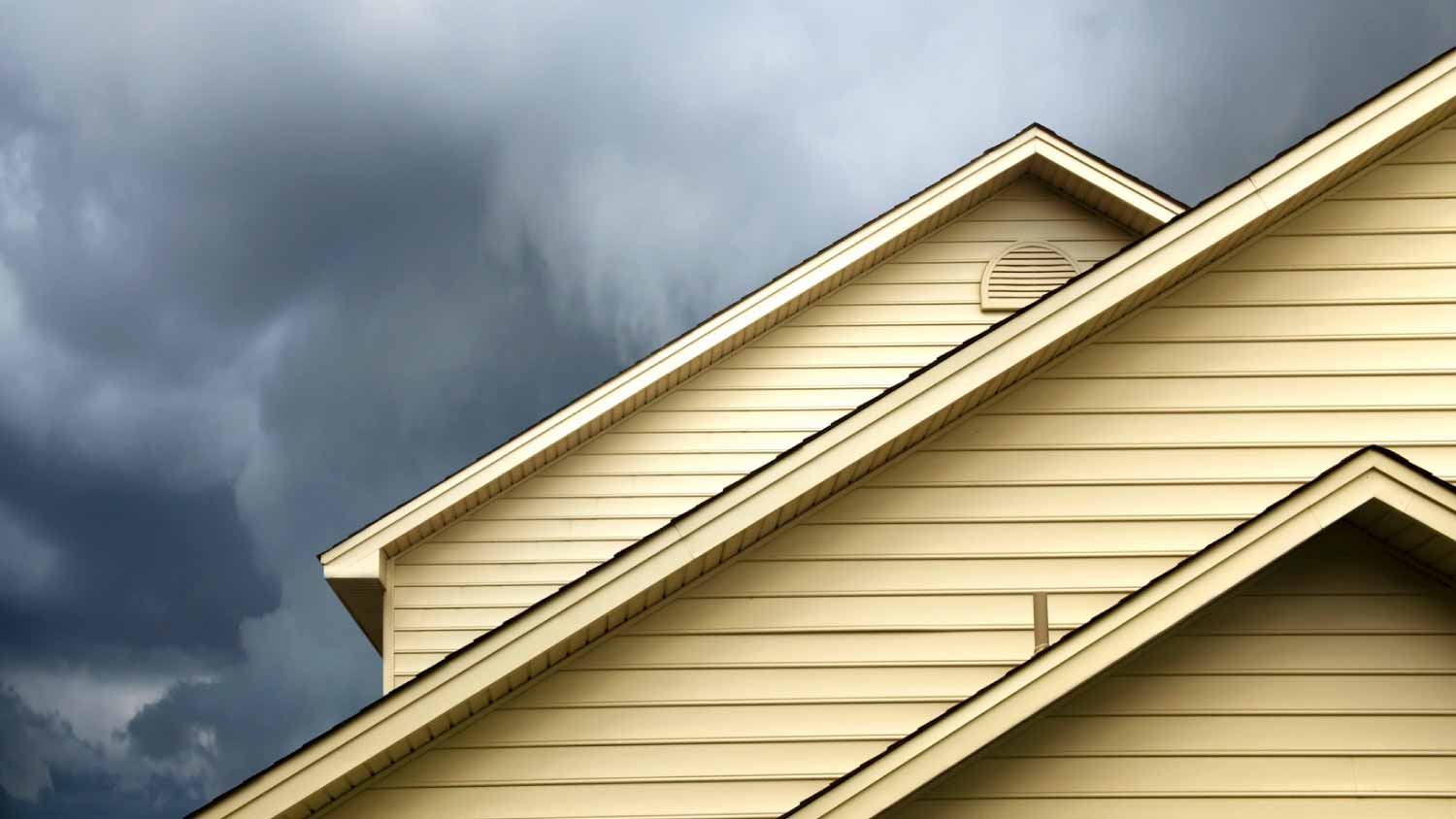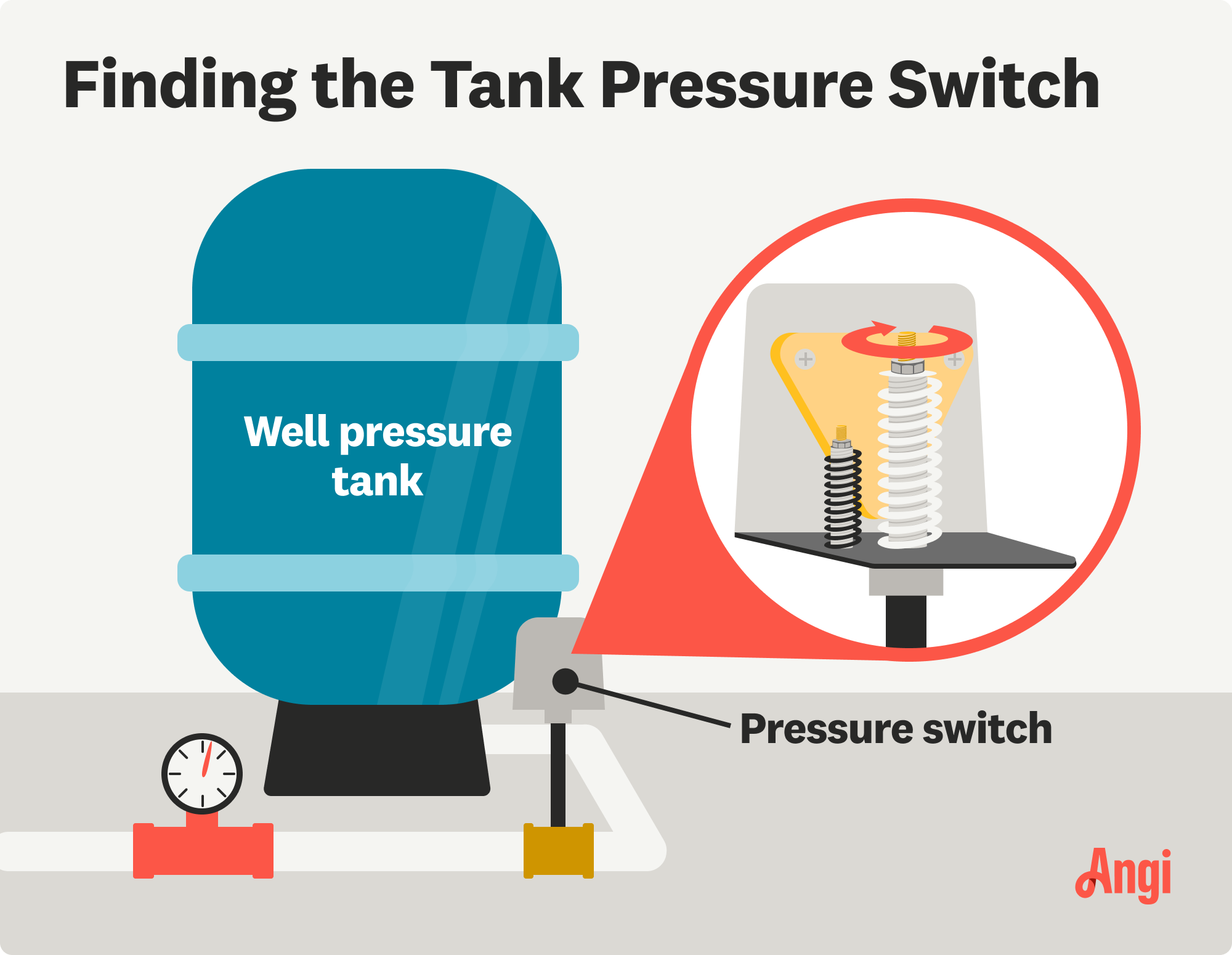
Well pumps require electricity to operate and can affect your monthly bill. Learn about the factors that impact the average cost to run a well pump per month.
All will be well again soon for your water


Water that isn’t flowing or has poor pressure often points to a well pump problem.
Fixing the pump might be as simple as reconnecting the power, especially if you had an outage or a big storm recently.
Other common well pump problems include having a pump that’s the wrong size and dirty well water, both of which you should call a pro to fix for you.
If you rely on well water to supply your home, then you know the importance of checking your well pump regularly to ensure everything is working as it should. While a newer, professionally installed pump requires little maintenance, older pumps need more TLC. Here’s what you need to know about troubleshooting common well pump problems.

Unless you’ve been using a hand pump to manually access your well water, your pump requires electricity to operate. If you’ve had a recent power outage, you may have to check the connections and restart the power.
It’s often as easy as flipping the switch at the breaker, in which case you should be up and running again in no time. If you reset the breaker and still have issues, you should call a well pump pro to inspect the electrical connections.
If you’ve been dealing with low or fluctuating water pressure, it’s time to check the pressure tank. It could just be that the pressure switch was flipped. This is a safety feature that gets engaged when there’s too much water in the tank, such as after a burst pipe.

Cut the power to the well and drain the pressure tank. Then, use a tire gauge to check the pressure at the air valve. Well water pressure is measured in pounds per square inch (PSI), and the pressure should be 2 PSI lower than what is set at the pressure switch. If that’s not the case and adjusting it doesn’t help, call a pro to ask about replacing the pressure tank.
Having a pump that’s too small is actually a big problem. Well pump sizes are measured in gallons per minute (GPM), and you need a pump that’s appropriately sized for your house.
You need 1 GPM per faucet in your house. For example, a three- to four-bedroom home would need a pump between 8 and 12 GPM. If those numbers don’t match the water supply needs of your home, it’s time to upgrade to a larger pump.
A well-functioning water pump should work in long, steady cycles, not short or intermittent ones. The constant cycling on and off of your water pump could have several causes, including a leak or air bubbles getting into the system.
Both problems require the help of an experienced water pump pro sooner rather than later. If you wait too long, you could experience interrupted water flow and face a costly replacement.
If your water looks brown or even dirty, it could contain rust from old pipes, sand or other sediment from the ground, or excess storm runoff. All of these require a plan of action. However, if you have a septic tank on your property and notice dirty well water, you should stop using and drinking your water immediately. Dirty water could be evidence of cross-contamination from the septic field.
Call both a septic tank professional and a water pump contractor near you immediately for assistance. Consider staying at a hotel or with a nearby family member until professionals can inspect and resolve the issue.
As with any major home appliance, regular maintenance is key to keeping your well pump functioning correctly. However, reacting quickly to early signs of well pump problems by calling a well pump repair pro near you can also help you avoid an interrupted water supply and high repair costs.
From average costs to expert advice, get all the answers you need to get your job done.

Well pumps require electricity to operate and can affect your monthly bill. Learn about the factors that impact the average cost to run a well pump per month.

Your solar well pump cost depends on your well depth and flow rate. Explore these cost factors and more to budget for an eco-friendly pump.

A water pressure booster can add a lot of volume for a small price. Discover booster pump installation costs and cost factors in this guide.

If your well water has stopped working, there are several reasons why. Here are five common dry-tap causes and how to troubleshoot a solution.

When your home water pressure isn’t delivering the power you need, give it a quick boost by learning how to adjust the pressure switch on your well pump.

Facing a well water pump replacement? You’ll need to get it out of the ground first. Use this guide to learn how to pull a well pump DIY-style.